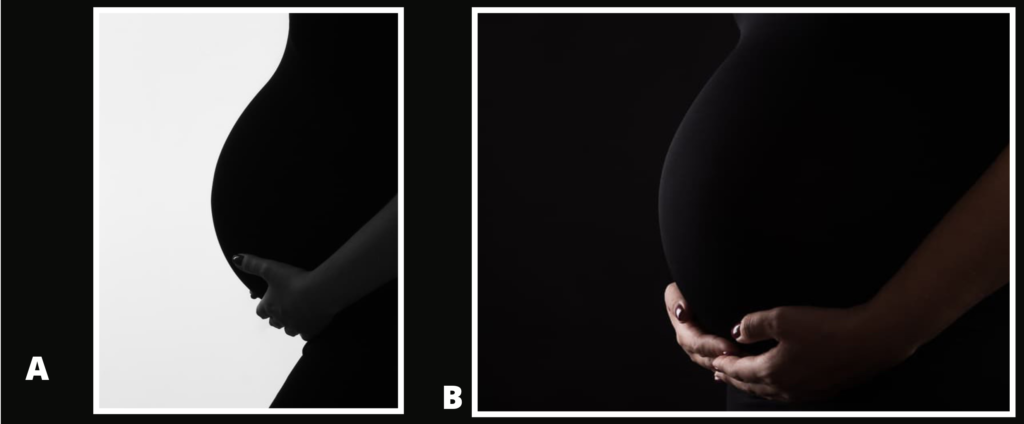Exploring Pattern, Form, and Texture in Photography
ChatGPT Explore the richness of pattern, form, and texture in your photography. Discover how these elements can add depth and interest to your images, elevating your skills to new levels. Capture the beauty of repeating patterns, the tactile sensations of texture, and the three-dimensional qualities of form in your photographs.




